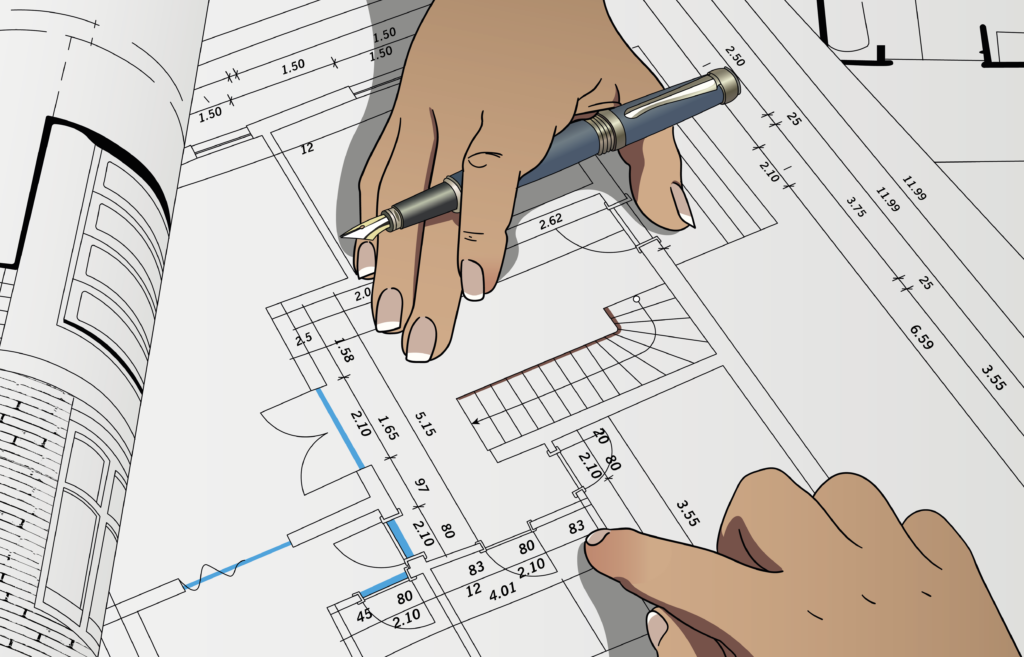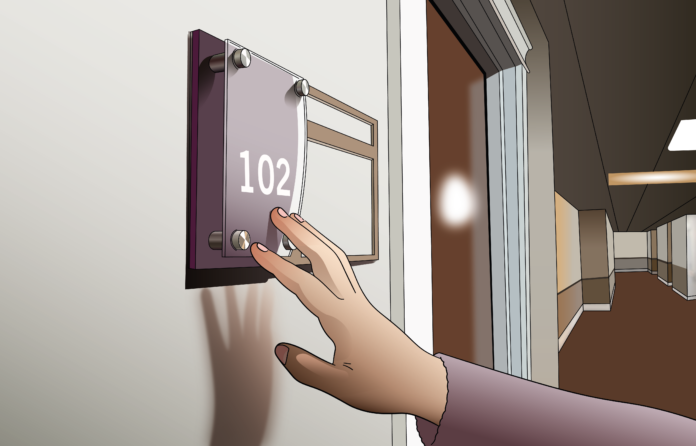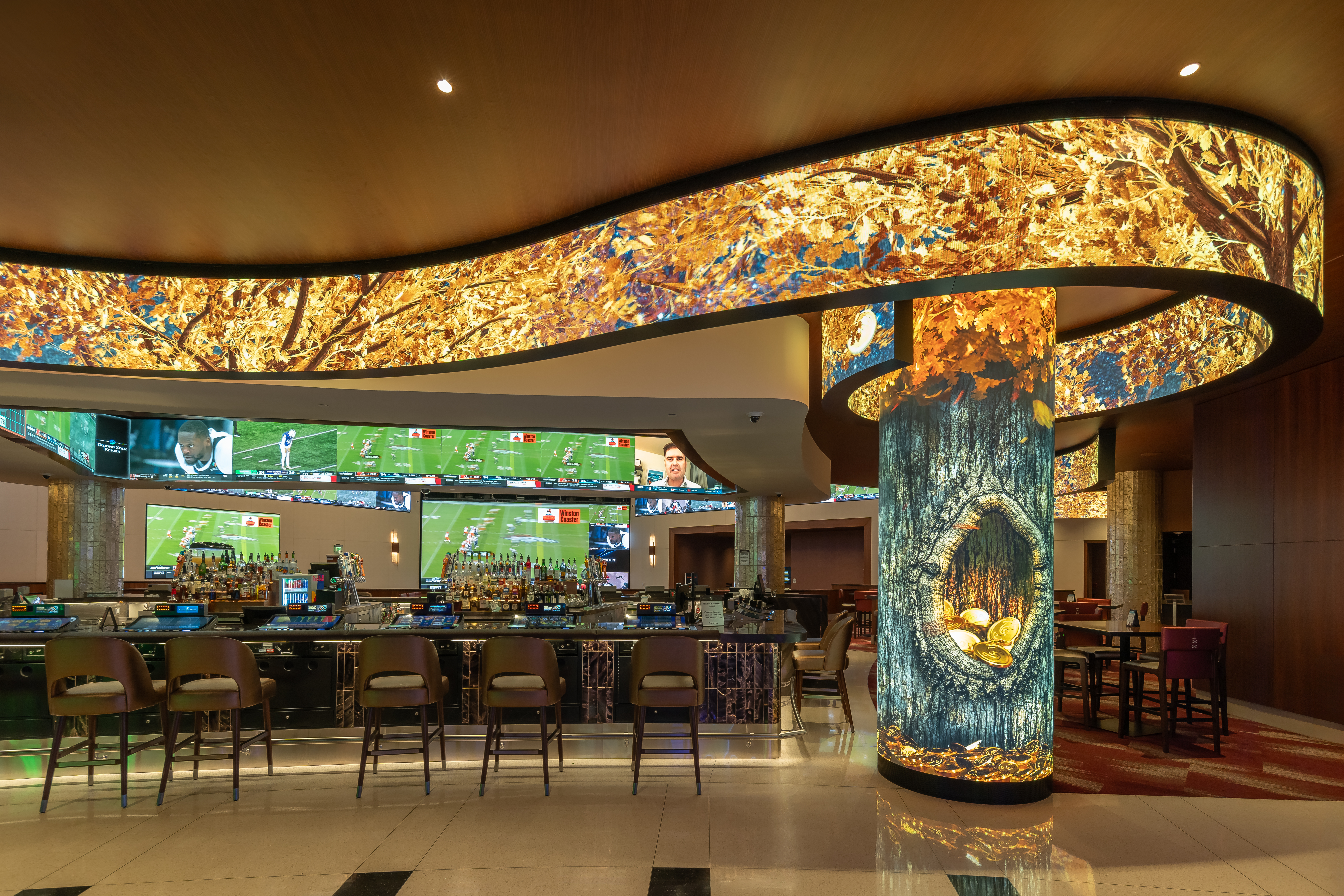Do wayfinding projects feel overly complicated? You’re not alone—many sign shop owners can relate. When I first ran my electric sign shop and was asked about ADA signage, I confidently replied, “Of course, we can handle your wayfinding project!” In my mind, I thought, “How hard could it be?” Then reality hit: sign placement, ADA compliance, tight deadlines—it was a lot to manage. The challenges are real, but they’re not impossible to overcome.
I used to shy away from projects like medical complexes or mixed-use developments because wayfinding seemed beyond our expertise. But once we took the leap, our skills grew, and so did our business. We found that clients appreciated working with one company for all their signage needs rather than juggling multiple vendors. If we hadn’t taken the time to learn and adapt, we would have missed out on some amazing opportunities.
Here are six steps that can help you approach your next wayfinding project with confidence.
Understand Regulatory Compliance: Familiarize yourself with local regulations and ADA compliance standards for signage, accessibility and safety. Ensuring that your designs and installations meet these requirements will help you avoid costly mistakes and delays. For example, Dan Bruk, a member of the Behind the Signs community, shared that his shop struggled with ADA compliance initially. It took a lot of research and some trial and error, but once they mastered the rules, they started enjoying regular repeat business.
These resources can help you get started:
- MUTOH offers a free course titled “All About Braille” on their platform (mutoh.thinkific.com).
- SEGD provides many useful ADA resources on their website (media.segd.org).
Learn How to Read Plans: Floor plans will help calculate sign counts for all ADA compliance projects such as doorway signs, room numbers, stairwells, restrooms, egress maps and required fire code signs. These are the sign types that typically require braille.
Building elevation plans will help determine placement and attachment methods for main building signs and address numbers. You will also need elevation plans for permitting.
Meanwhile, site plans are your guide for deciding where to put signs that direct customers or tenants to the right places on the property. These signs are usually found in parking garages or parking lots for traffic control, as well as main entrance sign signs such as pylon or monument signs.
Build Wholesaler Relationships: There are many qualified ADA sign manufacturers, so take your time to find the right one. Dan Bruk experienced challenges with this when starting out in ADA signage. Choosing the wrong wholesaler can cost you time and money. When evaluating potential wholesalers, ask for product samples to ensure quality—since your name will be on those signs. Also, ask for references and follow up with them. It’s important to know how well the wholesaler communicates, what support they offer and what warranty they provide.
ADA projects often have longer timelines, but deadlines can sneak up quickly. Make sure you understand how long the wholesaler needs to deliver the signage. To test the waters, interview several ADA wholesalers and start with a smaller project. The right partner can help you evaluate plans, provide installation guidelines, create sign samples for your customers and advise on the best materials to keep the project within budget. Once you find a reliable partner, you’ll feel more confident offering ADA signage to your customers.
I recommend Brian Grass with Caribee Sign Company (caribee-sign.com) and Identity Group (identitygroup.com) as great resources for ADA projects. Reach out to them for more information.
Understand Your Client’s Needs: Schedule an initial discovery call with your client to explore their specific goals and requirements for the project. What problems are they trying to solve? Is there a budget? (Don’t shy away from asking this question—budgeting and cost transparency is critical for both you and your customer). What are the timelines, and can you realistically deliver on their desired dates? Who is their target audience? Are there any unique challenges or constraints to consider? A clear understanding of the client’s needs will guide the entire project. It also communicates that your sign company really cares about their success—and that always starts with listening. The better you get at this discovery process, and the better your questions, the more trust you will build with your client.

Conduct Comprehensive Site Surveys: Conduct a detailed site survey to gather crucial information about the physical environment. This includes assessing the property layout, traffic patterns, potential obstacles and existing signage. A thorough survey helps determine optimal sign placement and ensure that the ADA/wayfinding system seamlessly integrates with its surroundings.
While on site, consider the type of equipment needed to complete the job such as cranes, augers, and lifts, as well as accessibility to the site that your staff requires to accomplish the work.
It’s a bit easier to do site surveys when you’re replacing old signs for existing projects. But if it’s new construction, you’ll have to rely on site plans, floor plan layouts and building elevation drawings.
Communicate Frequently: It’s always important to keep your client in the loop as the project progresses. For new construction work, it’s also a priority to have regular meetings with the general contractor to make sure nothing changes along the way. Plans can sometimes shift during a new build, so stay informed by attending on-site construction meetings. Many sign shops skip these meetings, but they’re really helpful to avoid mistakes during installation. The more you talk to the general contractor, the fewer change orders will occur—and that will keep your clients happy too.
As a rule of thumb, when you’re on-site installing ADA signs, always follow OSHA safety guidelines like wearing vests, hardhats, safety glasses and the right shoes. Safety first! The GC will appreciate it! It’s important to think beyond basic sign design.
I know this sounds like a huge learning curve, and it might seem like a big step for your sign shop, but the payoff is worth it! It’s a great way to expand your business in a direction you won’t regret.










